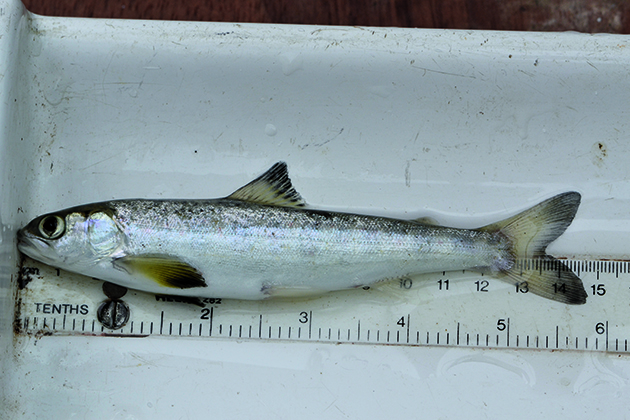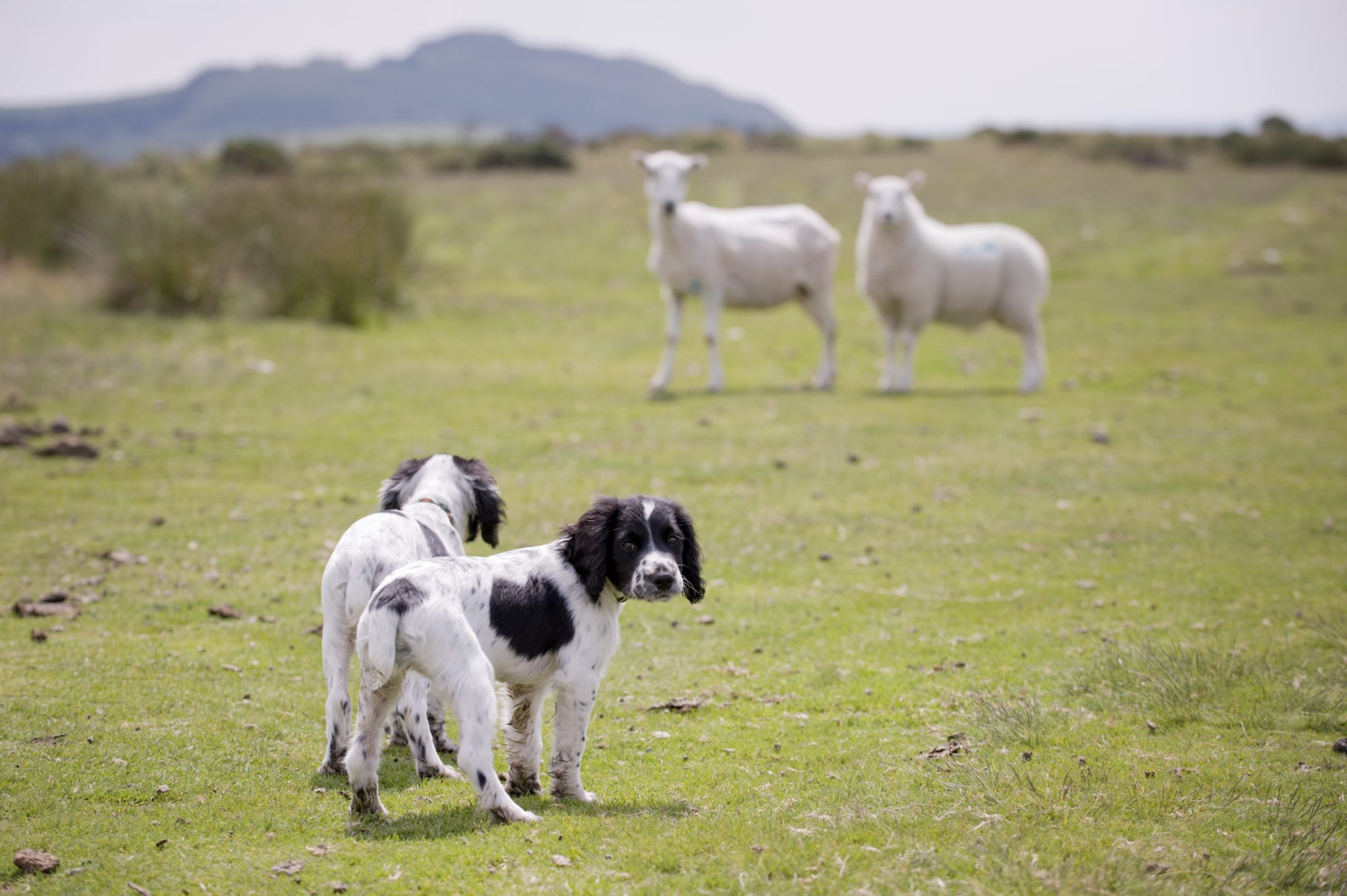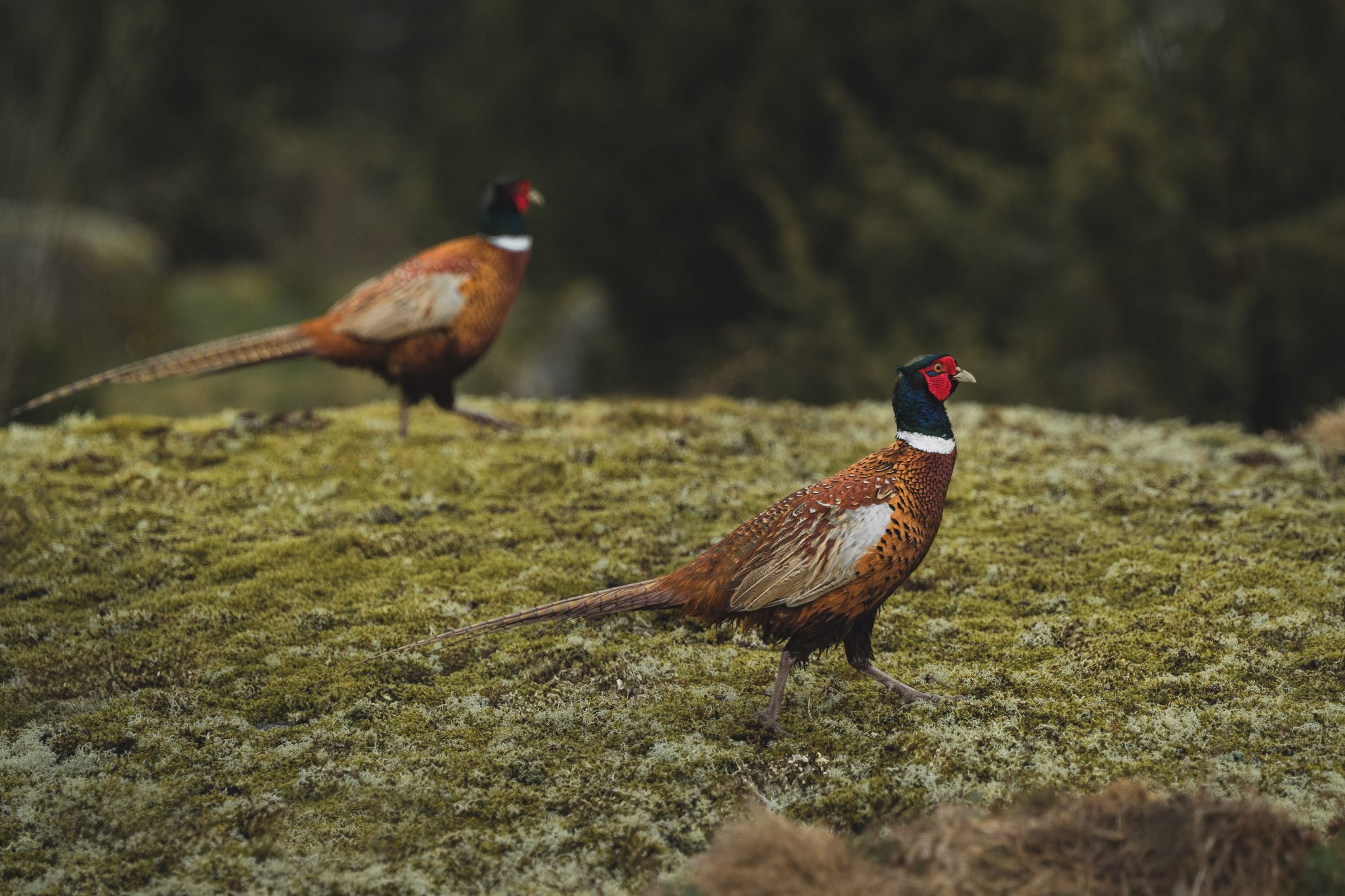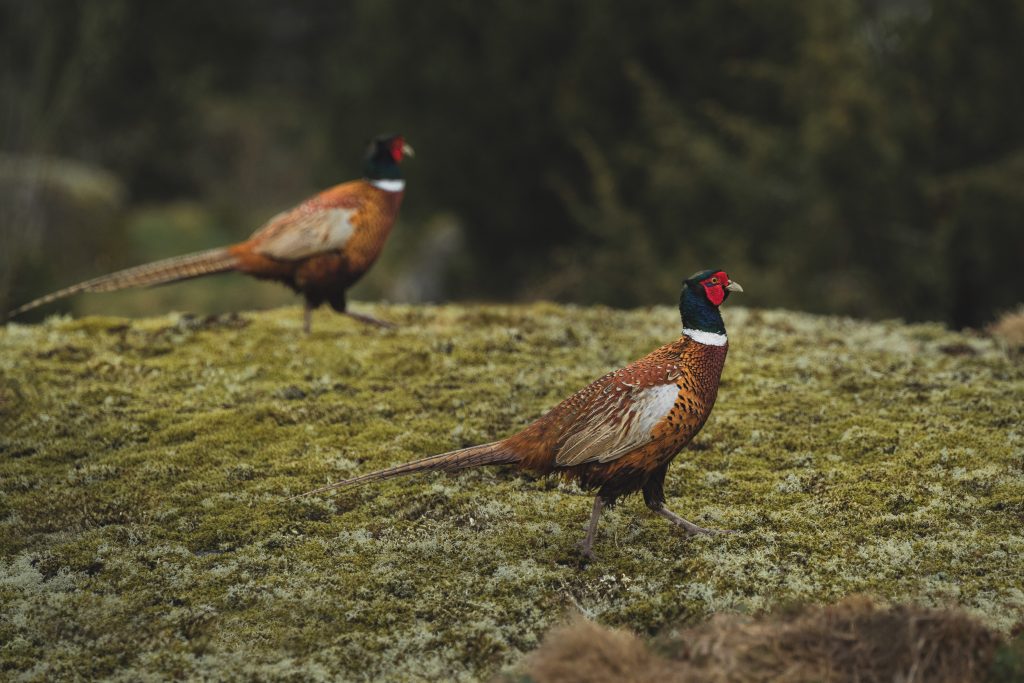Win CENS ProFlex DX5 earplugs worth £1,149 – enter here
Salmon facing myriad threats

A huge decline in the number of young wild salmon returning to British rivers could lead to a national shortage, according to the Game & Wildlife Conservation Trust (GWCT).
For 16 years, the GWCT, along with the Government’s Centre for Environment, Fisheries and Aquaculture Science, has monitored the number of juvenile Atlantic salmon leaving the river Frome in Dorset for their feeding grounds in the North Atlantic. This is known as a smolt run, smolt being another name for a juvenile fish.
Project SAMARCH
The work is part of a project called SAMARCH, which aims to improve knowledge and understanding of salmon and sea trout populations to improve the way they are managed and increase stocks.
Project partners include the GWCT, the Environment Agency and Salmon & Trout Conservation UK (S&TC UK).
The number of smolts leaving the river Frome in the spring of 2017 was estimated at 4,381, the worst on record and less than half the 10-year average of 9,689.
Dr Rasmus Lauridsen, head of fisheries research for the GWCT, warned: “The number of young salmon leaving our rivers has a direct effect on the number of adults returning to spawn. With adult numbers already at an all-time low, this is worrying data for an iconic and economically important species.”
National issue
Juvenile salmon, or parr, grow quickly in southern English chalkstreams. Most of those in the Frome leave the river when they are one year old, while on rivers in the rest of the UK, most salmon leave for the sea at two to three years old. The GWCT says that the poor 2017 smolt run on the Frome indicates low recruitment from the adult fish that spawned in the winter of 2015-16. Low numbers of young salmon were already evident during the GWCT’s annual parr-tagging campaign in summer 2016. This poor recruitment has been observed in many rivers in England and Wales, suggesting it is a national, not local, issue.
Systematic failure
The GWCT speculates that the high water temperature during spawning and early egg incubation had a negative impact on egg survival and subsequent parr recruitment. The GWCT’s warning comes just weeks after S&TC Scotland reported an “unprecedented collapse” of the salmon run after the count of returning adults on the river Awe, the most closely monitored river in Argyll, hit an all-time low. The Trust blamed the Scottish Government’s “systematic failure” to heed warnings regarding the consequences of intensive salmon farming.
Nick Measham from S&TC UK told Shooting Times: “Good water quality in our rivers and chalkstreams is essential for all water life, including salmon.
“Many of our rivers are failing because of sediment and phosphate pollution from agriculture, road run-off and sewage. All these problems are intensified by abstraction. These issues need to be addressed urgently and we are currently devising workable solutions.”
Related Articles
Get the latest news delivered direct to your door
Subscribe to Shooting Times & Country
Discover the ultimate companion for field sports enthusiasts with Shooting Times & Country Magazine, the UK’s leading weekly publication that has been at the forefront of shooting culture since 1882. Subscribers gain access to expert tips, comprehensive gear reviews, seasonal advice and a vibrant community of like-minded shooters.
Save on shop price when you subscribe with weekly issues featuring in-depth articles on gundog training, exclusive member offers and access to the digital back issue library. A Shooting Times & Country subscription is more than a magazine, don’t just read about the countryside; immerse yourself in its most authoritative and engaging publication.







